Let’s start with the most simplified definition of product development: Let’s start with the most simplified definition of product development: “Product development is the process of taking an idea, developing it into a viable product, and releasing it into the market”
If you’re thinking that it can’t be as simple as this then you are absolutely right. As I said, the above definition is the most simplified one. There is a lot more going on under the hood as we dig deeper into the concept.
Depending on the type of product, the difficulty of product development can range, from the simplest to the most complex process. Suffice to say, nearly all product development processes lie somewhere in between these two extremes. But when it comes to the most basic principles, be it a mechanical product, an electrical product, or a smart product, all follow the same product design and development path.
Product development is a journey that starts from an idea and then makes its way through more than half a dozen stages before it can morph into an actual product. Let me introduce you to some of these stages in the product development process.
The underlying basics of NPD or the “New Product Development” process stays the same. It doesn’t matter much if the product is mechanical (related to Mechanical Engineering), electrical (related to Electrical Engineering), or a Software (related to Software Engineering).
Identifying an Open Niche
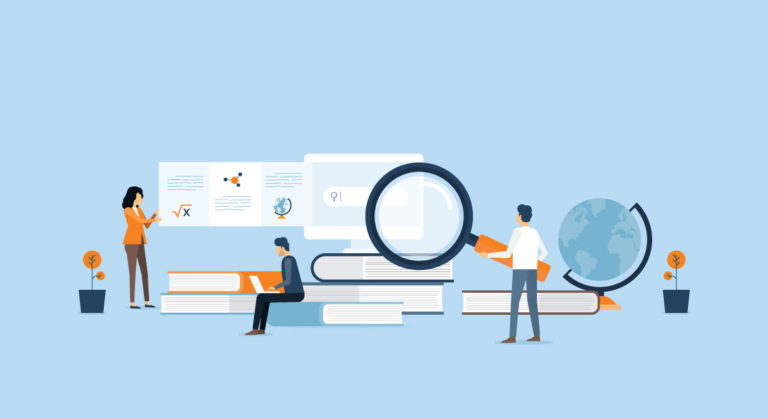
Existing products and services that are difficult to understand, expensive, or not readily available are your open niche.
Ian Peterman, CEO Tweet
Do you see a problem with no solution? Do you see the need for a product that does not exist? Existing products and services that are difficult to understand, expensive, or not readily available?
If you ever come across any of these situations then you, reader, have found an open niche, a market opportunity, and the absence of a product that still needs to be fulfilled by someone like you. Once you have identified a market opportunity there are many pathways you can take to initiate the process of product development. You can:
- Have a friendly conversation with potential customers
- Send out appropriate, calibrated, and targeted surveys
- Perform the initial qualitative or quantitative research depending on the nature of your idea
- Identifying trends in the market
- Do an in-depth competitor analysis
Once you are done with the identification of an open niche, it is then time to move on to the next step of the process.
Assessing the Opportunity
A clear Scope of Work will help avoid conflict during a project.
Ian Peterman, CEO Tweet
The adage “If you build it, people will come” just isn’t always true. Not all product ideas are equal. You may have a ground-breaking product idea but without potential customers and a solid foundation of a product, you will almost certainly fail.
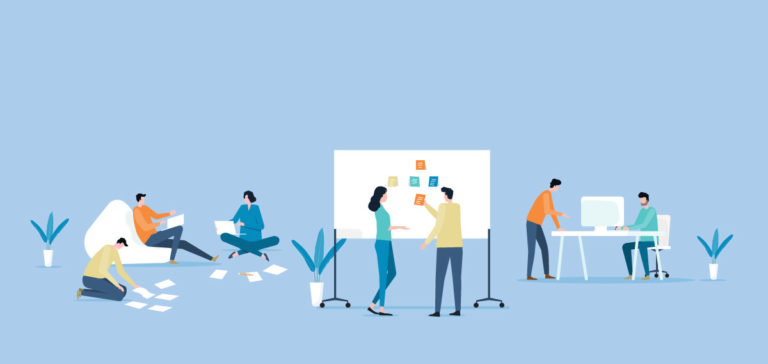
Make sure that the niche you are dreaming to occupy is attractive enough, stable enough, and profitable enough for you to build a business upon. You must quantify the details and find out the size, growth rate, and value of your targeted market. You have to work on facts and optimize the business operations to those, not based on intuition and gut feeling.
It is also possible that the problem you’re looking to solve isn’t big enough, or noticeable enough to solve in the first place. You need to properly assess if the effects and reach of the problem. You need to ask yourself these questions and answer them with facts and research-based evidence:
- What kind of inconvenience or pain does the problem cause?
- Who is affected?
- To what extent are they affected?
- Is there a solution that already exists?
- Why is the current solution no good enough?
- Why would people choose your solution over the one that already exists?
These questions are just to name a few to get the gears in your mind running in the right direction. The product development process is complex and there are a lot of moving parts involved. You need to focus on one thing at a time.
Once you are done with assessing the opportunity it is then time to move on to conceptualization.
Conceptualization
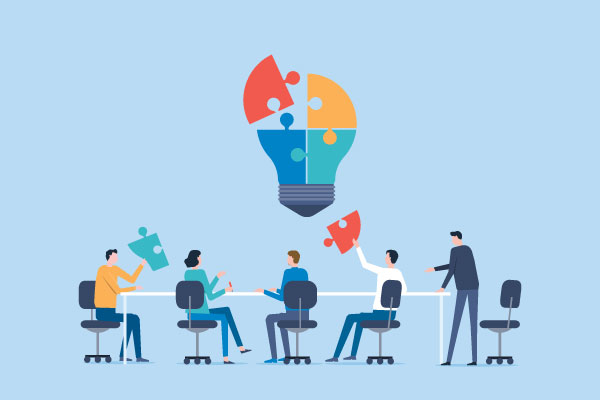
Concepting, conceptualization, ideation. Some of the fancy terms we use to say: "We're figuring out ideas to solve a problem".
Ian Peterman, CEO Tweet
Conceptualization is a step of the product design and development process that can easily have an entire article, just like this, of its own. I will try to keep it simple, so let’s jump right into it.
Conceptualization can simply be defined as the process of envisioning an idea. Here, however, it can be more appropriately defined as “brainstorming about the product and coming up with a brand to introduce your new product to the market.”
Creating a brand around your product and branding it in the market is not easy. It is one of the most complex cogs in the intricate machinery of new product development.
Think of Coca-Cola, McDonald’s, Apple, and Ferrari. Each of these brands have giant and well-established competitors with better, often cheaper products. Still, their competitors are nowhere near these brands. Why is that, you ask? It’s because of branding.
If you ace your conceptualization phase and create a solid brand, then you might one day stand side by side with such brands. This is the power of conceptualization and evidently branding.
Importance of Branding
A clear Scope of Work will help avoid conflict during a project.
Ian Peterman, CEO Tweet
Branding can be a huge guide to the product design process with things like design languages and guides. It is also what brings the company, team, and products all together. We believe branding is involved from the beginning of the product development process. The importance of branding can easily be understood with the following points:

- A branding strategy gives your product identity.
- Proper branding will change customer behavior.
- It can turn your product and business into an unforgettable entity.
- Branding can easily boost your marketplace viability.
And this is just the tip of the iceberg.
The Process of Branding
Though dissertations have been written on the subject, I will quickly go through and give a brief description of each step involved in the conceptualization of your brand and its branding:
Knowing the Target Audience
Knowing your audience is essential, and I mean essential for a fruitful branding strategy. A branding strategy without establishing a profile of your potential customer is not going to yield any tangible results.
You also need to make sure that your logo, imagery, color scheme, tagline, and everything in between accurately represents your mission statement and is tailored to your target market.
Creating A Mission Statement
This is where you tell your customer the “Why” of your product. Why do customers need your product? What did you create your product for in the first place? Why was there a need for your product? So on and so forth.
Defining Product Goals and Legacy
Defining your product goals and the legacy that you want to create early on the best way to ensure that your product will leave a mark. When I say product goals and the legacy, I want you to think about Apple and its earliest branding.
Apple targeted their product to innovator and to those who wanted more than a simple product. Watching an iPhone in the hand of innovators was their goal and perfection was their legacy. Define your goals and create your legacy. Don’t skimp on the time you spend on this step.
Establishing Your Unique Points
This the part where you identify and establish how your product is unique. If you don’t find any unique points in your product then it signifies that is time for you to go back to the very beginning of the product development process and start again from scratch.
Crafting Visual Components
Depending on the nature of your product, visual components can vary from logo/color palette, dimensions/tint, rendered videos/animations, so on and so forth. In the process of crafting visual components, it is always helpful to establish a style guide first. It creates a framework for all visual components to fit in.
Establishing Your Brand Voice
Formal, informal, business casual, casual, all are perfectly valid options for establishing a brand voice. Just make sure that your brand voice aligns with your product.
You would not want to sell a hip skateboard using a direct formal tone, would you? Well if you do, then I would suggest that you hire a product development firm to do the job for you. They will save you a big chunk on your spending and will definitely bring in more customers.
As for the cost of the conceptualization and branding, I will discuss it in the next section that is “Validation of Concept”.
Validation of Concept
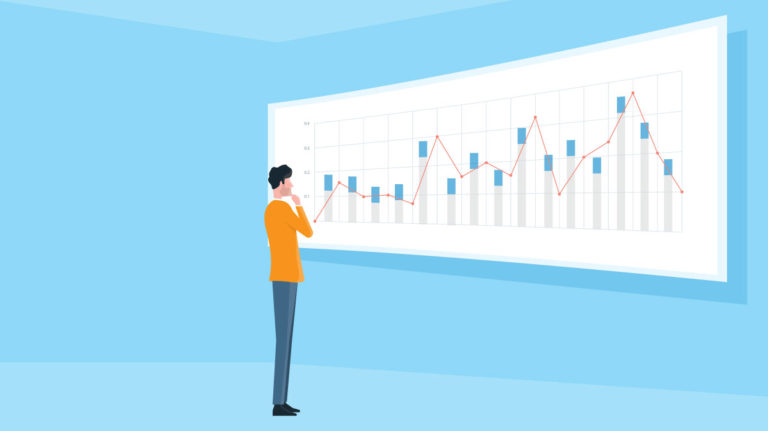
Validating your concept should always happen as early as possible.
Ian Peterman, CEO Tweet
Just like all other steps in the process of product development, validation of concept also incorporates many moving parts. Numerous questions need to be answered at this stage:
- Are you creating the right product?
- Are you creating it for the right demographic?
- What will be the final cost?
- Do you have branding?
- What will be the cost of each upcoming step in the development process?
- Is the product solving a real problem?
- How will this product generate revenue?
- Are there technical hurdles to overcome?
- Does new technology need to be developed?
- What improvements can be made in the future?
- What feature should be present in the minimum viable product?
I can go on and on, but these are the most important question you need to answer at this stage to progress further. Skipping any of these questions can and will cause you to lose a substantial amount of money, resources, and time.
It is recommended that you consult a product development agency to take care of this step for you. They have the experience and expertise to accurately estimate the effort and cost of the entire product development and product design process.
Product Roadmap
We create a product roadmap to define the exact path to take a product to market.
Ian Peterman, CEO Tweet
We create a product roadmap to define the exact path to take a product to market. You can of course make a shorter version or focus on specific areas of the process, but the full version is best. Milestones and targets are established based on the end goal. If technical hurdles are an issue, focus is on overcoming those. If timelines are an issue, then focus is on resolving those issues. Key performance metrics are also defined in the product roadmap.
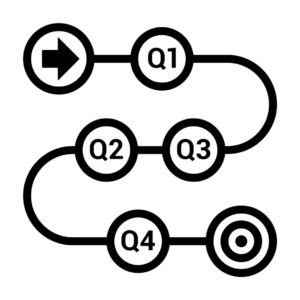
Following are the key points of a product roadmap:
- Creating a strategy according to your vision of the product.
- Creating a guiding document to implement the strategy.
- Getting all your stakeholders, if any, aligned with the strategy.
- Planning scenarios and creating backup plans in case of a contingency.
- Build timelines for the entire project.
- Define the starting point and what success looks like.
The product roadmap is a clean document with little to no fluffing and padding. It is a detailed scope with specific timelines and resources. These are concise and to the point. The roadmap is the most detailed plan you can get for product development.
We can start development of the product once we have a clear roadmap to follow.
Minimum Viable Product
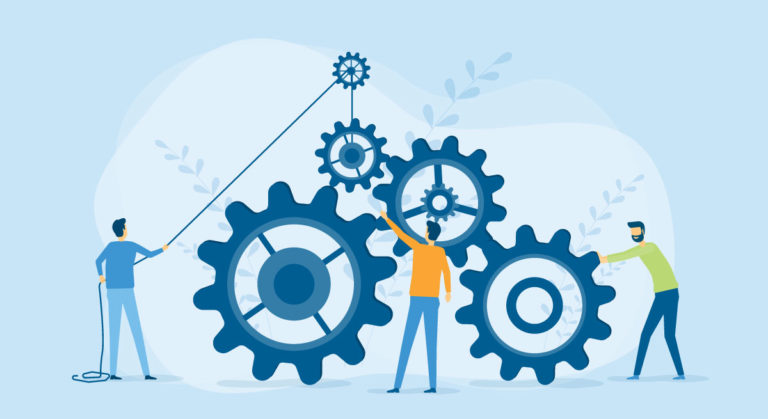
Getting to your minimum viable product is one of your key milestones.
Ian Peterman, CEO Tweet
A minimum viable product or an MVP in short is your product with the most basic functionality. The purpose of an MVP is to test the product and accurately assess its market viability before it is too late to turn back.
A minimum viable product sits between the idea and the final product; it’s the stripped down version of the final product with only the core features.
An MVP is usually not released to the public. An MVP is released internally, sent to a third party for testing, or sent to be tested by beta testers as a working product. The decision to move forward must be based on feedback given by the testers
If the feedback is positive, perfect! We can move on to the next step. If the feedback is negative, it is time to go back to the drawing board, correct the mistakes according to the feedback and try again.
There are a few other concepts that need to be worked on in this stage including industrial design and product design. Both are a part of design thinking. Depending on the nature of your product, design thinking sometimes also encompasses the creation of a minimum viable product.
MVP Areas
Coming back to industrial design, it is the driving force behind artists and engineers working together on your product to make it more useful, user-friendly, and beautiful. Industrial design has its own intricate parts moving within the process of product development:
- Analysis of the product
- Design concepts and mockups
- Development of the chooses mockup
- Creating the final product design
The most common tools to design these mockups are CAD programs, ZBrush, 3D Max, SolidWorks, AutoCAD, AutoDesk Inventor, Sketchup, Blender, and so on and so forth. For digital products tools like Sketch and Xd are used as well. With the rising popularity of 3D printers, these designs now easily exist outside of digital format. You can easily produce a design in 3D printing within a matter of hours or days. Along with 3D printers, laser cutters are becoming cheaper and more accessible, as are small CNC machines. Prototyping is getting faster and more accessible every day.
Continuous Improvement
We create a product roadmap to define the exact path to take a product to market.
Ian Peterman, CEO Tweet
Now that we are done with development, the final product should be in our hands and in the market. However, we are not finished yet and the cycle isn’t complete. It’s now time for you to work on your next iteration, improvement, update, or version of your product. Staying successful requires continuous improvement, or kaizen.
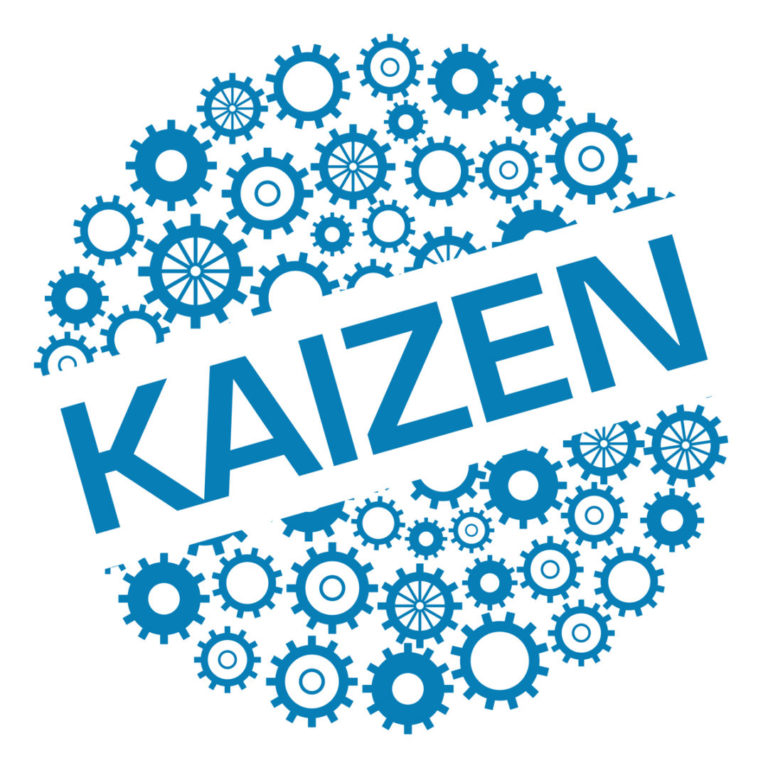
There is a reason why shampoo bottle always has the “New” printed on their bottles, there is a reason why a new version of the cell phone always keeps coming, there is the reason why companies are always churning out the same product with small improvements.
Expansions, improvements, and enhancements will always be driven the user demand and use feedback. As long as the users demand it and as long the market needs it continuous improvements must be made. For as long the product exists, the process of product development stays running.
Hiring for Product Development
With so much going on there is no doubt that taking the product development and design is not a possible one-person job. It is better to search for a product development firm or small team that is the right fit for your product. Places like Design Directory are a great place to find firms to help with this task.
If your product is mechanical, it will require a certain set of skills native to those with mechanical engineering degrees. The same goes for an electrical product, crafting and implementing a product development process of such a product can be done effectively by those with an electrical engineering degree. There is marketplace where you can easily search for people, teams, and firms, with you required talents such as designdirectory.com and more.
As for the smart devices, it requires talent from across all fields, electrical, mechanical, software, and more.
Be smart in the decisions you make. It is always better to consult or hire those who can do a better job for you. Contact us today to see how we can work together to make your project come to life.
Your Next Steps
Conscious Product Design
Learn the difference between standard and conscious product design.
Related Conscious Design BLOG Posts
3 Important Things to Consider When You Hire a Designer
Working with different clients, I learned that there are many things that I find important. One of these important things is how to make it easier when you hire a designer. I found out that these three things are crucial if you want to hire the best designer for your project.
3 Things You Need Before Hiring a Designer
I’ve been working with clients for over a decade, and I’ve found that there are three things I’m always asking for. Every Industrial Designer would love…
Differences between Concept and Design
What is the difference between a concept and a design? Well, a few things it turns out. We explain the differences in this blog post.

